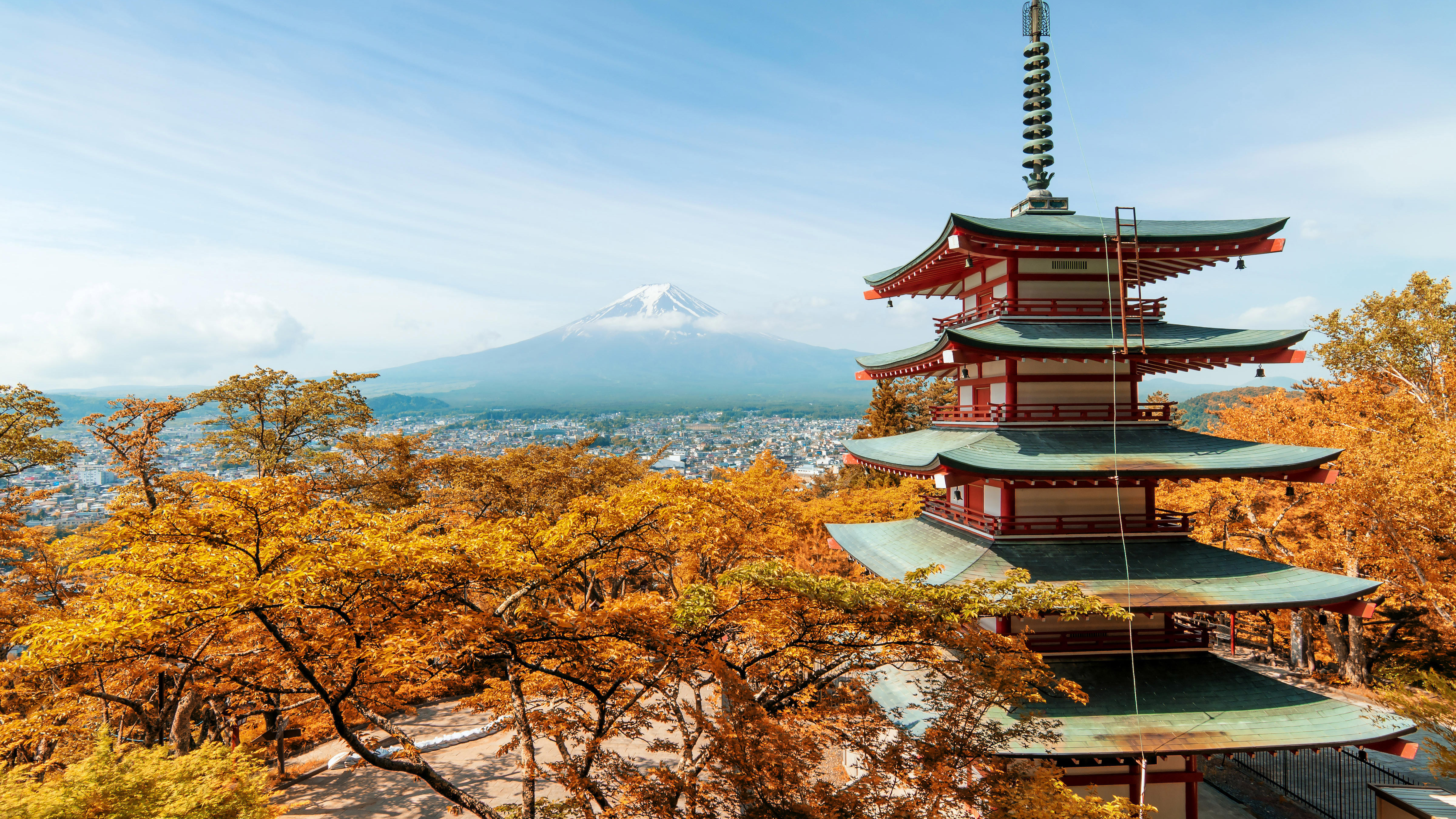Japanese Pavilion

For the Japanese Pavilion, a model design was created already in 1968 by Antonin Raymond from his studio/workshop in Japan. The Japanese Pavilion Group is in contact with the firm in Japan to see how to move forward with this concept today. The Group also supports a range of activities such as Tea Ceremonies, Japanese language classes, Ikebana classes, calligraphy classes, martial arts classes, art exhibitions and Japanese dinner evenings.
Japan is known as the country of Beauty. The Mother mentioned that Beauty in Japan is less vital in nature, but more mental and physical.
She also mentioned that the people of Japan have a receptive nature, which is the basis of Japanese traditional culture and art, as evident in for instance its Noh theatre, its music, the tea ceremony, handicrafts and other traditional arts.
Japanese people are basically 'animist' and ‘pantheist', and carry “Shintoism” (nature worship) in their background. For them, Nature is God. They called Japan the “Country of eight million gods” (eight million representing everything) and sense God in all beings, movements and phenomena of the visible and invisible worlds.
At present, most Japanese belong to Buddhism by birth, but their beliefs may be mixed. Japanese are good at improving materials, methods and technologies, rather than at inventing. This is recognizable in the field of modern technologies.
Various Japanese terms and practices have been taken up by modern foreign corporations. For instance: “Kaizen” (improvement), and also the “Five Ss”, i.e. Seiri (clearing), Seiton (organizing), Shitsuke (training & discipline), Seiso (cleaning) and Seiketsu (standardizing)”.
In Japanese society, collective opinions & decisions are often more respected than those of the individual. Discipline, ethics & social relations are considered very important.
Japan is an island country, 70% of its land is mountain and forest. There are four distinct seasons, its climate is relatively mild; semi-tropical.
There are hundreds of seasonal events during the year.
Modern Japanese knows two alphabets, Hiragana and Katakana. It also contains Kanji — Chinese characters that are used in the present day Japanese language. It was formed by two major influences: the original Japanese Language (Yamato-kotoba) and the Chinese language (Kango).
Japanese language classes, ikebana classes, calligraphy classes, martial arts classes, art exhibitions, dinner evenings and other such events have been held in Auroville since its beginning.
Already around 1968 a model of the Japanese Pavilion was made by Antornin Raymond (1888-1976) and was published in the “Bulletin” of the Sri Aurobindo Ashram at the time of the inauguration of Auroville.
At present the Japanese Pavilion Group is in contact with the Antornin Raymond Architect Company in Japan , researching the possibility of using this design for the actual Japanese Pavilion to come.
An early model of the design of Japanese Pavilion prepared by
Mr. Antonin Raymond , Japan for the International Zone
Jyoti, Kenji and Michiko

